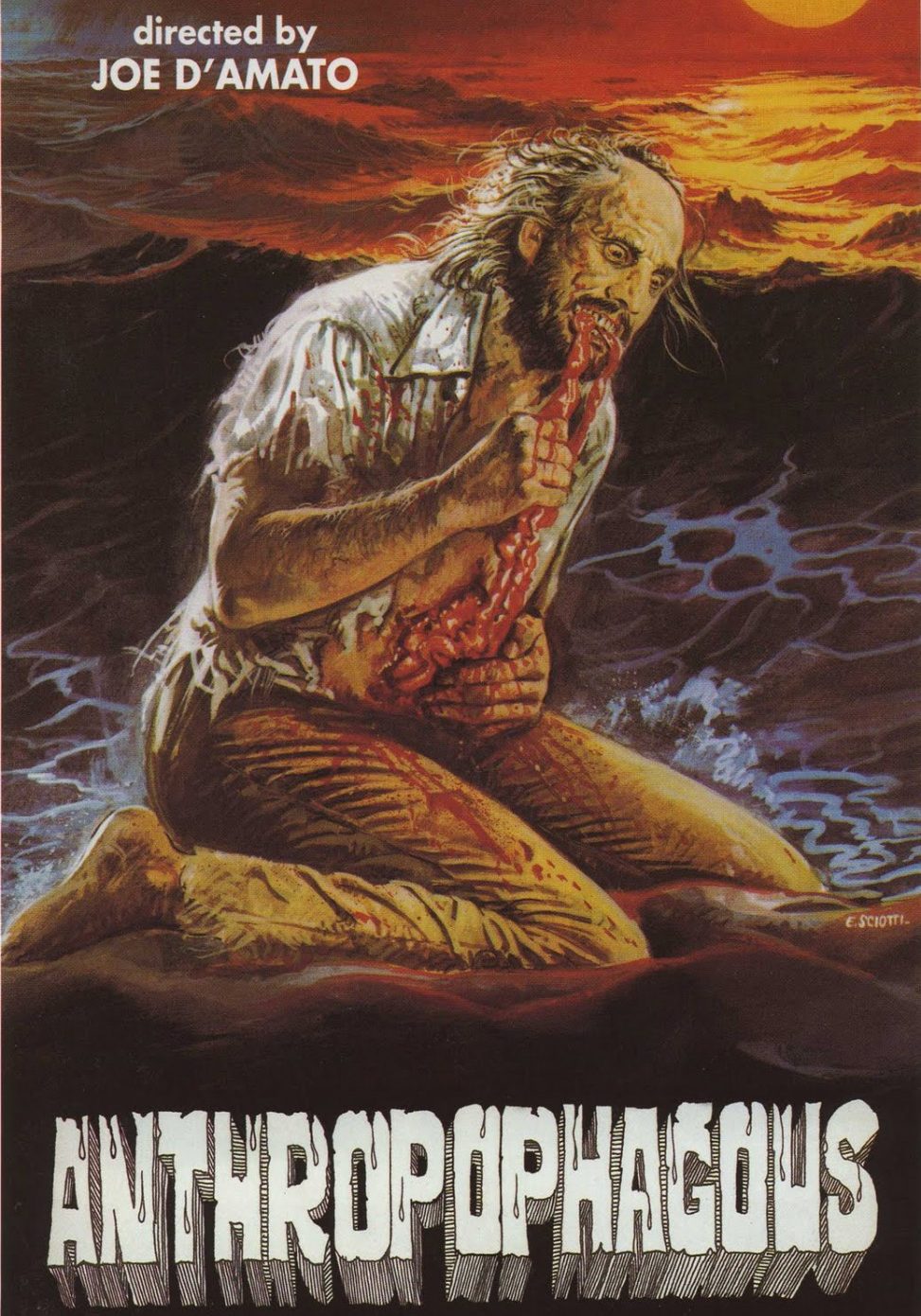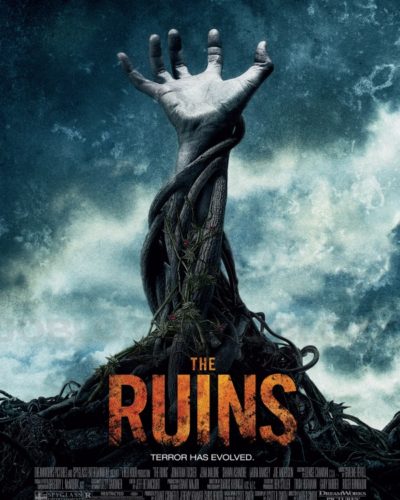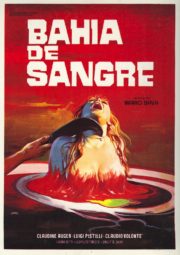“Savage Hunger Unleashed”
Emerging as a grim artifact from the annals of Italy’s horror cinema, Anthropophagous (1980), directed by Joe D’Amato, still holds a controversial place in the hearts of genre aficionados. Upon its release, it was met with mixed criticism and even outright bans in certain countries due to its extreme content. The film skulkingly narrates the tale of a group of tourists who venture onto a seemingly peaceful Greek island, only to encounter a recluse with a grotesque penchant for human flesh.
Atmospheric Predation
The horror in Anthropophagous is brewed within a cauldron of suspense and a looming sense of foreboding. D’Amato methodically uses the remote island setting as a character itself, stripped of inhabitants and echoed with the silence of desolation. This emptiness invites a tension that mounts as the group discovers what horrific fate has befallen the island’s residents.
The director’s approach to tension and fear is a slow burn, relying on the fear of the unknown. It’s only as the narrative unfolds that the shocking visuals become a staple, leaving splattered crimson as a reminder of the lurking menace. The camerawork aids in this process, using close-up shots to capture the raw emotion on characters’ faces and wide shots to enhance the isolating environment.
Through a Lens, Darkly
On the visual front, Anthropophagous is at times hindered and heightened by its cinematography. The contrasts between the sun-drenched Mediterranean landscapes and the dark internal regions of the ominous mansion at the heart of the horror effectively juxtapose beauty with dread. While suffering from budget constraints, there is a raw simplicity to the film’s visuals that sometimes inadvertently heightens the horrific moments. Special effects, a cornerstone of 1980’s horror, range from the disturbing to the implausible, leaving a memorable mark even as they defy belief.
The movie’s soundtrack and sound effects constitute an important pillar of its horror-construction. The sparing use of sound and moments of silence can be jarring in their contrast to the jolts of the score during moments of terror. It is in the sudden crescendos that the audience is primed for fright.
The Flesh and Bones of Horror
In Anthropophagous, character development takes a backseat to the sheer brutality and carnage exhibited by the titular antagonist. Performances range from wooden to serviceable, with the actors doing what they can with the material provided. The lack of depth in character may weaken the audience’s empathy, which can be crucial in a narrative where terror is a constant companion. Nevertheless, this allows the film to unabashedly devote itself to its true calling: unrelenting horror.
The horror elements in the film are a mix of body horror and slasher elements. The beastly nature of the antagonist, who consumes human flesh, taps into a primal fear of being prey. This anthropophagic theme is stark and morbid, perhaps a metaphor for the often monstrous depths of human nature.
Anthropophagous‘s methods of frightening the audience are abrasive and palpable. The film doesn’t shy away from gore or grotesque displays of violence, often choosing visceral shocks over psychological terror. The effectiveness of these techniques will vary greatly depending on the viewer’s tolerance for graphic content.
There are scant underlying themes to be discussed, as the film primarily dedicates itself to showcasing horror on a very surface level. However, if one looks closely, there’s an implicit commentary on the isolation and savagery that can arise within human psyches, exposed through the barbarity of the film’s villain.
Final Verdict – Consume or Pass?
For a niche audience that revels in the exploitative era of horror, Anthropophagous may possess a certain ghastly charm. Its ability to unsettle is undeniable, though it may not be particularly innovative or thought-provoking. What the film lacks in depth, it endeavors to make up for in boldness—whether or not it succeeds is an individual’s prerogative.
This film is likely best suited for those who appreciate the raw, unrefined side of horror cinema, particularly fans of 1980’s Italian exploitation. Casual viewers or those with a weaker appetite for gore might find the film’s grisly content overwhelming.
Although certainly not on par with the nuanced classics of the genre, or the sleek terror weaved by contemporary horror, Anthropophagous stands as a monument to a time when the genre was fearless and often reckless in its pursuit of fright.
To conclude, the film is a curious piece of horror history, with a clear set of strengths and weaknesses. Viewer discretion is highly advised due to the graphic and disturbing content. If you have a penchant for vintage terror and can endure the film’s more gruesome aspects, Anthropophagous might just be the horrific banquet you’re looking to feast on.




